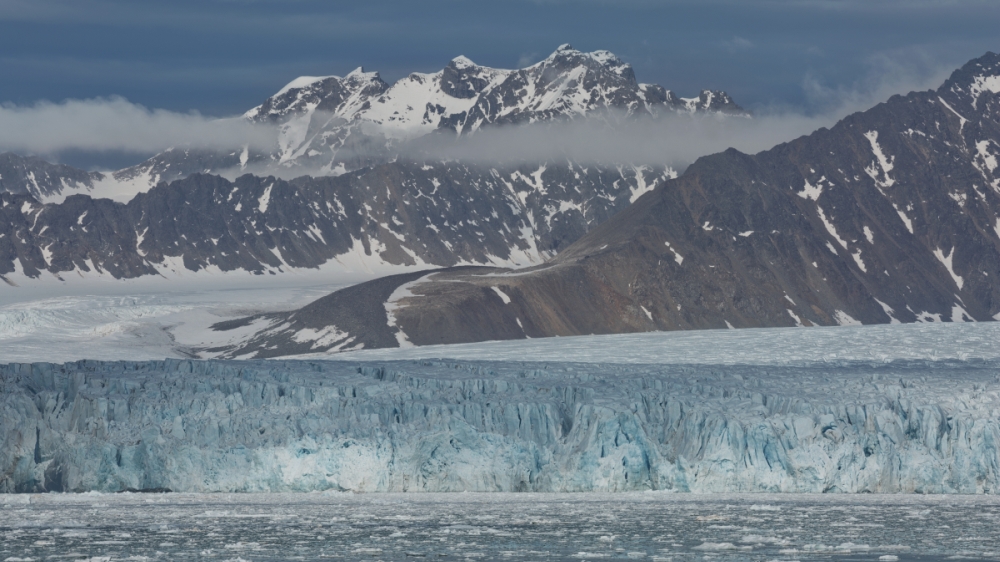A tipping point occurs when a small change sparks an often rapid and irreversible transformation, and the effects can be positive or negative.
According to The Global Tipping Points Report 2023, the world has reached a pivotal (central and important) moment as threats from Earth system tipping points – and progress towards positive tipping points – accelerate. The report was led by Professor Tim Lenton from the University of Exeter’s Global Systems Institute with the support of more than 200 researchers from over 90 organisations in 26 countries. The report was released on the 6th of December, launched on the COP28 conference in Dubai, United Arab Emirates.

One of the researchers behind the report and the lead author for its section on glaciers is Andreas Max Kääb, a Professor of Geomatics, working at Department of Geosciences, University of Oslo.
Bad news for the world’s glaciers
One of Kääb’s main focuses and interests in research have been in addition to remote sensing and studies of the cryosphere, studies on glaciers mass balance and glaciers all over the world. He emphasize that melting glaciers can cause severe natural hazards:
– Regarding glaciers we find that they themselves constitute likely not tipping point threats for the Earth system on regional or global levels, but can do so very well on local scales of individual glaciers or valleys. However, significant shrinkage or even disappearance of glaciers in some regions can cause tipping effects for human use and ecosystems in the glacier valleys and beyond, for instance through strong changes in river discharge or increased natural hazards, Kääb explains.
With global warming now on course to breach 1.5°C, at least five Earth system tipping points are likely to be triggered – including the collapse of major ice sheets and widespread mortality of warm-water coral reefs.
The full report

One of the main messages in the report is that an assessment of 26 negative Earth system tipping points, the report concludes “business as usual” is no longer possible – with rapid changes to nature and societies already happening, and more coming. The researchers point to the importance of phasing out fossil fuels and growing zero-carbon solutions, and provide six key recommendations for changing course quickly, including coordinated action to trigger positive tipping points.
The full report can be read here: https://global-tipping-points.org/
The Global Tipping Points report is led by Professor Tim Lenton from the University of Exeter’s Global Systems Institute with the support of more than 200 researchers from over 90 organisations in 26 countries. The report is funded by The Bezos Earth Fund.
